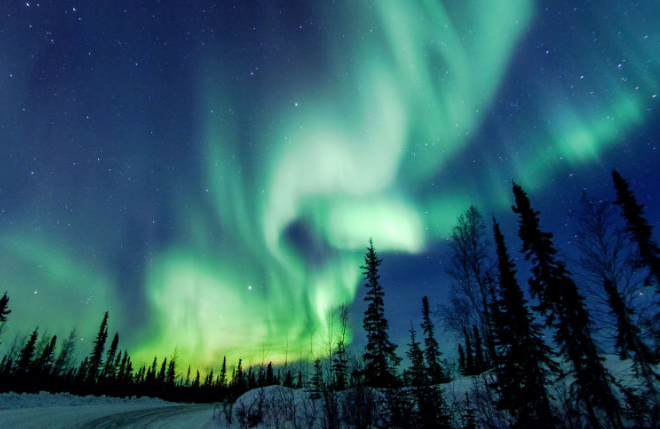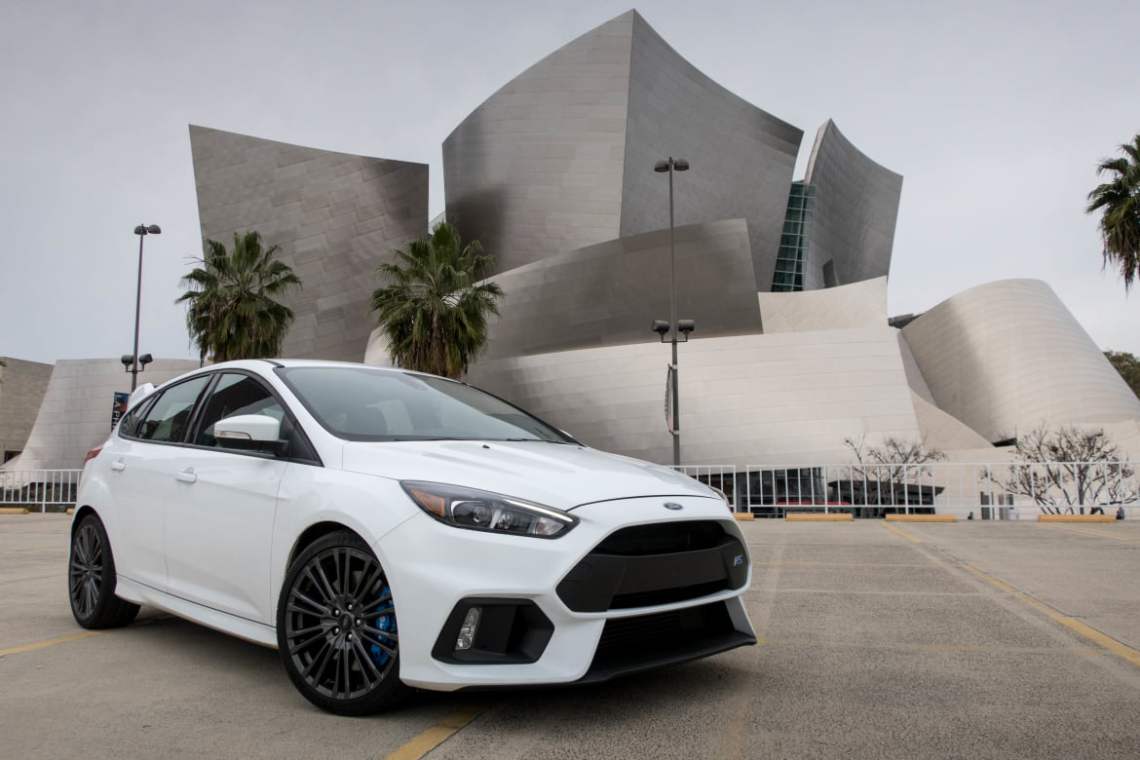
It’s here again, Northern Lights viewing season (it actually begins as early as August!), and as one of the most popular bucket-list destinations in the world, I’m sure there’s many of you plotting that trip. Now, we were fortunate enough to get to see them on an epic trip earlier this year – which involved everything from spending a night in minus 5-degrees at the IceHotel, to reindeer sleighing, but more on all that in another post – but there were some important takeaways from the trip that I wanted to share.
While painstaking research and the help of on-the-ground experts ensured that we got the best out of our trip, we learnt a few things that that you can only really learn when you’re there, in remote Arctic country! So, we decided to share some of that insider insight – OK, well, some of it is just fun facts – which can go a long way in helping you ensure that you do get to see the lights (because let’s face it, there’s nothing worse than planning a long, expensive trip, to then return without having seen them – and as a natural phenomenon, that is something that can happen more often than we’d like!)
Disclaimer: We went to Sweden and Finland to see the Northern Lights. So, this guide is aimed at people travelling to northern Scandinavia, not North America and other such places which are also popular destinations.





